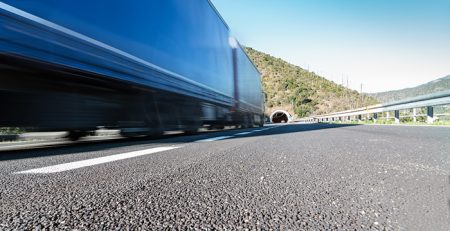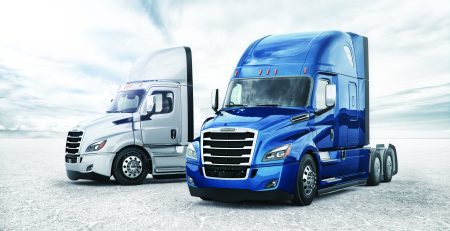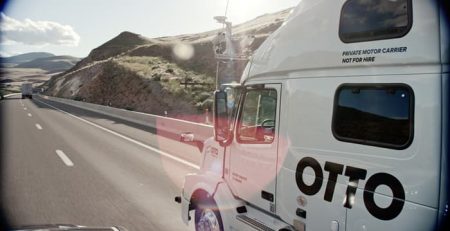PeopleNet Announces Tire Pressure Monitoring Integration
Fleet mobility technology company PeopleNet has announced the integration of a tire pressure monitoring system from Wabco.
Wabco’s Integrated Vehicle Tire Monitoring system uses wheel-mounted sensors to monitor tire pressure. The system then wirelessly provides in-cab updates of tire pressures directly from each wheel, alerting drivers to tire pressure issues and allowing them to address the problem.
“Working with Wabco gives our customers more choice when they are looking to add a tire pressure monitoring solution,” said Tom Fansler, executive vice president, product for PeopleNet.
The system can also provide backend tire pressure data for a fleet, allowing it to improve efficiencies in multiple vehicles.
“The combination of our advanced technology and PeopleNet’s fleet mobility solutions gives companies vital information to streamline operations and help keep drivers safe,” said Jon Morrison, Wabco president, Americas.
Recommended pressure
What exactly is recommended pressure, and how much is it costing fleets in fuel economy if they run tires at less than recommended pressure?
Try as you might, you will find only one official reference to tire pressure anywhere in this land; the tire makers’ load and inflation tables (also available through the Tire Industry Association). The L&IT speak only to the minimum pressure required to support a given load, which isn’t much to go on
It can be concluded than that any tire run below the minimum stated in the L&IT for a given load is technically under-inflated and at risk of related damage, such as tread separation due to high operating temperatures and increased flexing of the sidewalls, which can lead to zipper ruptures.
How, then, do we reconcile a tire running at 90 psi when the L&IT says a minimum of, say, 80 psi is required for the load? Is this under-inflated?
“That would not be considered an under-inflated tire in the strictest terms when it comes to carrying a given load,” Carnegie says. “But consider a fleet whose standard pressure for a drive tire is 100 psi. The 10% under-inflation is not in relation to the L&IT standards, but 10% under normal operating inflation pressures.”
Source: http://www.truckinginfo.com/
Visit us:
301 W Gerri LnAddison, IL 60101
Contact us:
Phone: +1 224 422 2829
Mail: info@tire-max.com












